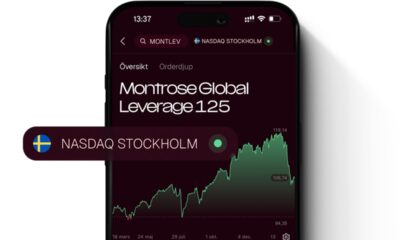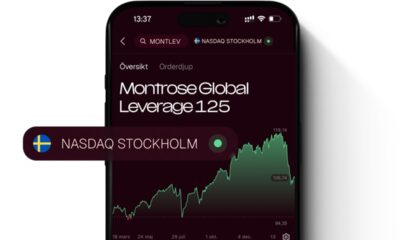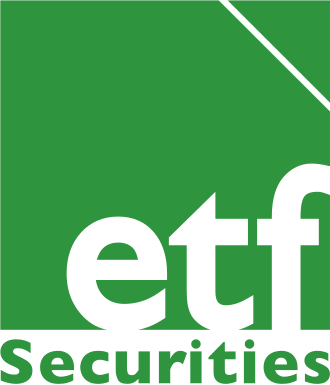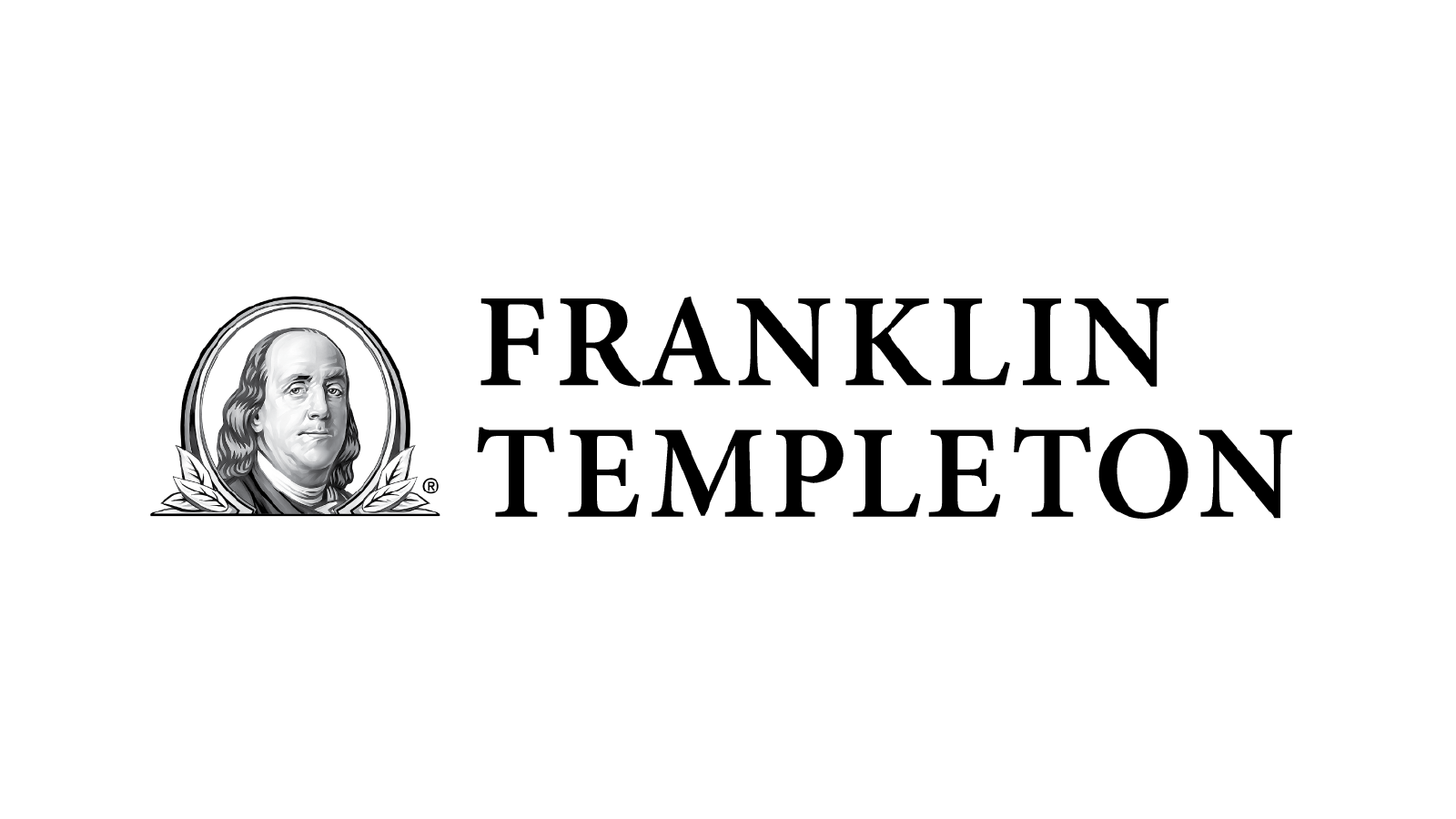Market Insight – Foreign Exchange – Impact of the EU Referendum
Brexit possibility rekindled
After the “Remain” camp took a seemingly unassailable lead in voting polls towards the end of May, a bout of Sterling strength reflected market relief as a degree of uncertainty was removed from the upcoming vote. However, this reprieve turned out to be short lived, as six out of eight of the latest polls have shown the “Leave” camp ahead with an average lead of three percentage points (Source: FT Brexit poll tracker), rekindling investor concerns and stressing the considerable stakes at risk on June 23rd. Interestingly, average gambling odds (sample of 24 bookmakers analysed) have put the likelihood of a “Brexit” at around 30%, but this is unlikely to provide much comfort to market participants with assets to protect (see Figure 1). With a US interest rate hike looking increasingly unlikely this month, the EU referendum is the biggest event in the calendar and preparing portfolios adequately will be top of the agenda for investors. Below, we look at the primary assets that are likely to be impacted by the either outcome of the vote.
Sterling – Direct exposure
In the event of a “Brexit” the most immediate impact is likely to play out on currency markets, with the Sterling likely to see significant moves in either direction. Recently, the Sterling has been the clearest barometer of the market’s concerns over a “Brexit” scenario, having already fallen 9.1% since mid-November (on a trade weighted basis). The largest consideration over the decision to leave is the uncertain impact that it will have on the UK’s trading relationship with the EU, the largest consumer of its exports (EU accounts for 47% of UK exports, Source: ONS). Various scenarios outlined in academic studies by PWC, Oxford Economics and the Centre for Economic Progress (CEP) all predict UK trade to be adversely impacted by a decision to leave the EU, explaining why the Sterling is likely to be the primary victim should a “Brexit” materialise. As a vote to leave would be the first decision of its kind, market forecasts over the extent of a Sterling fall are disparate, ranging from 12% by the Treasury to over 20% by some sell-side analysts, such as Credit Suisse.
A “Remain” outcome would see postponed investment projects recommence and consumer/business confidence surge, offering potential support for the Sterling from current depressed levels. The UK’s strong reliance on its financial sector and large current account deficit makes the Sterling vulnerable to market volatility, but also means that the currency rallies when uncertain events pass or bouts of market instability abate (see Figure 2, EU referendum unveils Sterling opportunity).
UK equities – Financials and Real Estate vulnerable
For UK equities the outcome of the vote is likely to affect performance along multiple avenues. For the large firms that comprise the FTSE 100 index, a much smaller portion of revenues are generated in the UK compared to the broader FTSE 250 index. A “Brexit” scenario could provide a competitive boost for larger, more internationally focused firms through a weaker Sterling, but may hurt smaller enterprises that generate revenues domestically. In addition, for equity sectors that are vulnerable to the vote’s impact on the regulation of foreign activities and consumer confidence, like those in Financials and Real Estate, the outcome could spur significant moves.
Gold – Traditional hedge
Gold has traditionally been viewed as a safe haven investment, offering protection during periods of elevated uncertainty and market turbulence (see Figure 3). A vote to “Leave” is the result associated with the most uncertainty, and therefore is likely to see the market’s appetite for safe haven assets increase, which could be a supportive factor for the yellow metal. However, the gold price is less likely to experience a sharp reaction should the status quo in the UK be maintained, with investors instead turning their attention back to the US for any indications from the US Federal Reserve of further monetary tightening.
*All figures quoted are sourced from Bloomberg unless stated otherwise.
Important Information
This communication has been issued and approved for the purpose of section 21 of the Financial Services and Markets Act 2000 by ETF Securities (UK) Limited (“ETFS UK”) which is authorised and regulated by the United Kingdom Financial Conduct Authority (the “FCA”).
The information contained in this communication is for your general information only and is neither an offer for sale nor a solicitation of an offer to buy securities. This communication should not be used as the basis for any investment decision. Historical performance is not an indication of future performance and any investments may go down in value.
This document is not, and under no circumstances is to be construed as, an advertisement or any other step in furtherance of a public offering of shares or securities in the United States or any province or territory thereof. Neither this document nor any copy hereof should be taken, transmitted or distributed (directly or indirectly) into the United States.
This communication may contain independent market commentary prepared by ETFS UK based on publicly available information. Although ETFS UK endeavours to ensure the accuracy of the content in this communication, ETFS UK does not warrant or guarantee its accuracy or correctness. Any third party data providers used to source the information in this communication make no warranties or representation of any kind relating to such data. Where ETFS UK has expressed its own opinions related to product or market activity, these views may change. Neither ETFS UK, nor any affiliate, nor any of their respective officers, directors, partners, or employees accepts any liability whatsoever for any direct or consequential loss arising from any use of this publication or its contents.
ETFS UK is required by the FCA to clarify that it is not acting for you in any way in relation to the investment or investment activity to which this communication relates. In particular, ETFS UK will not provide any investment services to you and or advise you on the merits of, or make any recommendation to you in relation to, the terms of any transaction. No representative of ETFS UK is authorised to behave in any way which would lead you to believe otherwise. ETFS UK is not, therefore, responsible for providing you with the protections afforded to its clients and you should seek your own independent legal, investment and tax or other advice as you see fit.

 Nyheter4 veckor sedan
Nyheter4 veckor sedan
 Nyheter3 veckor sedan
Nyheter3 veckor sedan
 Nyheter3 veckor sedan
Nyheter3 veckor sedan
 Nyheter2 veckor sedan
Nyheter2 veckor sedan
 Nyheter3 veckor sedan
Nyheter3 veckor sedan
 Nyheter4 veckor sedan
Nyheter4 veckor sedan
 Nyheter2 veckor sedan
Nyheter2 veckor sedan
 Nyheter3 veckor sedan
Nyheter3 veckor sedan























